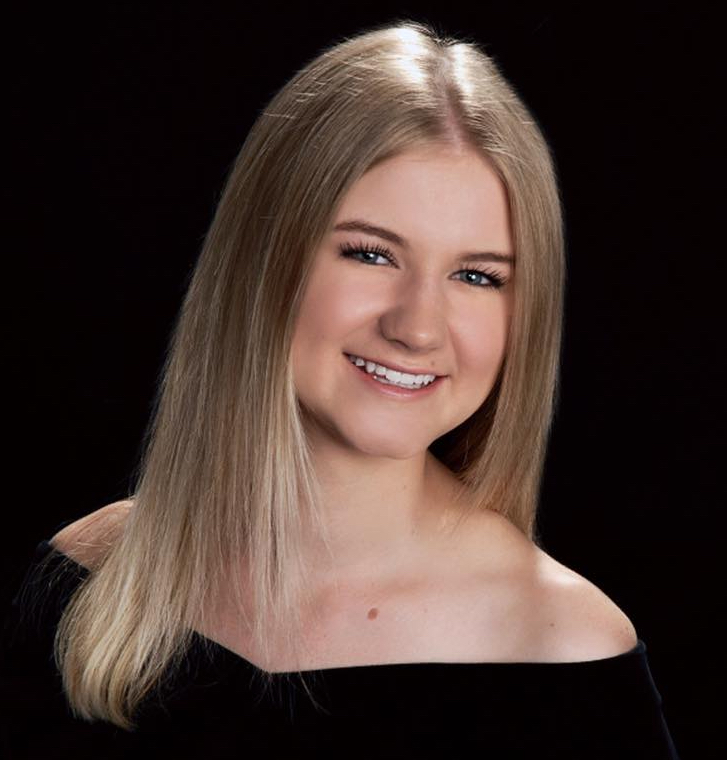Below is a summary of the abstract you submitted. Presenting author(s) is shown in bold.
If any changes need to be made, you can modify the abstract or change the authors.
You can also download a .docx version of this abstract.
If there are any problems, please email Dan at dar78@pitt.edu and he'll take care of them!
This abstract was last modified on May 6, 2018 at 10:37 p.m..

The large majority of phages isolated by students participating in the SEA-PHAGES program have been isolated on Mycobacterium smegmatis. These genome annotations have contributed to a vast amount of knowledge concerning phage genes and genomic structure. From the analysis of this data,new questions concerning the interaction of the soil microbial community have developed, such as "how conserved are phage genes across various clusters from different hosts?", and "are phage genomes mosaics of a diverse group of genes from various clusters?". Baylor University has been exploring these questions by focusing on the phages isolated on Arthrobacter hosts, most recently Arthrobacter phage isolated on A. globiformis. The purpose of this poster is to present Arthrobacter phage Elesar to the SEA PHAGE community and highlight some of the interesting genomic characteristics in this cluster FF phage. For example, Elesar has a number of orphams and genes only found in the small FF cluster, but it also has a terminase that has high similarity to 101 pham members from phages in clusters isolated across 4 different hosts. The Elesar terminase differs slightly from the 2 other members in its own cluster. Several familiar gene arrangements are found, such as the tRNA, attP site and putative integrase, as well as a few unusual findings, such as a conserved non-coding region in a gap between open reading frames. This evidence supports the conclusion that there is a high level of genetic exchange between phage and their hosts in the soil environment. Continued annotation efforts will lead to more questions about the evolution of the diversity of bacteriophage.


